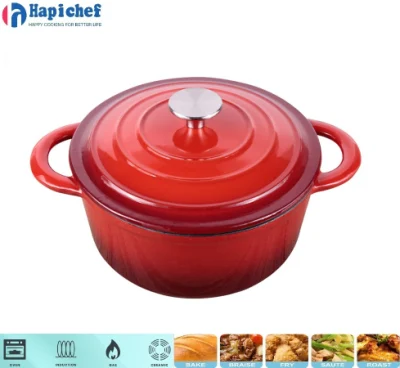cleaning a rusty cast iron skillet
Cleaning a Rusty Cast Iron Skillet A Step-by-Step Guide
Cast iron skillets are beloved kitchen companions, prized for their ability to retain heat and create a non-stick surface when properly seasoned. However, if you find your favorite skillet covered in rust, don’t despair! Cleaning a rusty cast iron skillet is a manageable task that can restore its functionality and beauty. Here’s a comprehensive guide to help you bring your skillet back to life.
Step 1 Assess the Damage
Before diving into the cleaning process, it’s crucial to evaluate the extent of the rust. Small patches of rust can often be removed with minimal effort, while more severe rusting may require a bit more elbow grease. If the skillet has developed deep pitting or extensive rust, you may want to consider professional restoration or replacing the skillet.
Step 2 Gather Your Cleaning Supplies
To clean a rusty cast iron skillet, you’ll need the following supplies
- A non-abrasive scrubber or steel wool (for heavier rust). - Mild dish soap (optional, as some purists avoid soap). - A sink or large basin for soaking. - A towel or paper towels for drying. - Cooking oil (like flaxseed oil or vegetable oil) for seasoning. - A baking tray (for the oven method, if needed).
Step 3 Remove Loose Rust
Using a non-abrasive scrubber or steel wool, gently scrub the areas of rust. Make sure to remove all loose rust particles to prevent them from mixing back into the skillet. If the rust is thick, apply some pressure, but be cautious not to scratch the cast iron surface excessively. Rinse the skillet with warm water to wash away any debris.
Step 4 Deep Cleaning
If there are still stubborn rust spots, consider soaking the skillet in a solution of water and mild dish soap for a few hours. This will help loosen the rust. After soaking, scrub the skillet again with your scrubber. If the rust persists, you may need to resort to using a more abrasive pad or a specialized rust-removing product. Always rinse thoroughly after cleaning.
cleaning a rusty cast iron skillet

Step 5 Dry Immediately
Once you’ve removed all rust and cleaned the skillet, it’s essential to dry it immediately. Cast iron is prone to rusting if left wet. You can place the skillet on the stove over low heat for a few minutes to ensure all moisture evaporates. Alternatively, dry it with a towel or paper towels.
Step 6 Re-Season the Skillet
After your skillet has been thoroughly cleaned and dried, it's time to re-season it. Seasoning helps create a non-stick surface and protects the cast iron from future rust. Apply a thin layer of oil to the entire surface of the skillet, including the handle and the bottom. Place the skillet upside down on a baking tray in a preheated oven at 375°F (190°C) for about an hour. Place a sheet of aluminum foil or a baking sheet on the rack beneath to catch any drips.
After an hour, turn off the oven and allow the skillet to cool inside. Once cooled, your skillet should have a beautiful, protective coat that not only enhances its cooking performance but also makes it resistant to rust in the future.
Step 7 Regular Maintenance
To maintain your newly cleaned and seasoned cast iron skillet, remember the following
- Always dry your skillet thoroughly after washing. - Apply a light coat of oil after each use to keep it seasoned. - Avoid cooking acidic foods in a newly seasoned skillet, as they can strip the seasoning. - Store in a dry place—consider placing a paper towel between the skillet and the lid or other cookware to absorb moisture.
Conclusion
Cleaning a rusty cast iron skillet doesn’t have to be a daunting task. With a little time and effort, you can restore your skillet to its former glory, ready to create delicious meals for years to come. Regular care and maintenance will keep your cast iron cookware in prime condition, ensuring it remains a staple in your kitchen. Embrace the process, and enjoy the benefits of your hard work!
-
Transform Your Kitchen with Big Iron Cast Wok CraftsmanshipNewsAug.05,2025
-
Traditional Cooking with Cast Iron Woks and Pots with HandlesNewsAug.05,2025
-
Outdoor and Indoor Cooking with Cast Iron Wok MasteryNewsAug.05,2025
-
Maximize Outdoor Cooking Versatility with Premium Cast Iron WoksNewsAug.05,2025
-
Master Traditional Cooking with a Chinese Cast Iron WokNewsAug.05,2025
-
Culinary Power with High-Performance Cast Iron WoksNewsAug.05,2025
-
Why Every Kitchen Needs a Casserole Cast Iron DishNewsJun.24,2025
